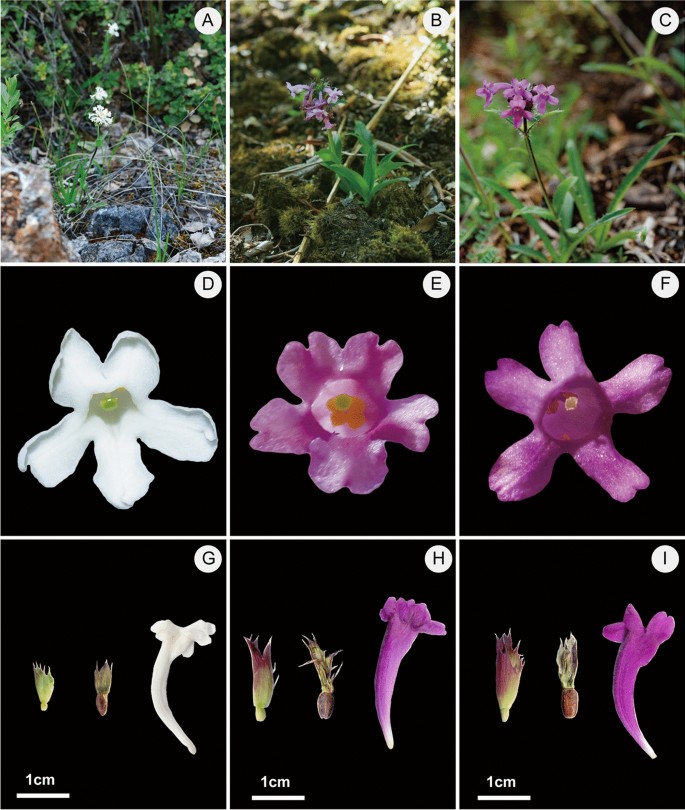Acanthocalyx is a small herbaceous genus in the Caprifoliaceae that is endemic to the high-altitude regions in the Himalaya–Hengduan Mountain (HHM) region. It is considered as an ideal group to study how geomorphological features of the HHM region affect the pattern of distribution and genetic differentiation of alpine plants, especially the influence of the north–south floristic boundary in the Hengduan Mountains.
In a study published in Alpine Botany, researchers from Xishuangbanna Tropical Botanical Garden (XTBG) investigated the genetic structure of the herbaceous genus Acanthocalyx to demonstrate if major geographic or ecological barriers in the HHM region have influenced its phylogeographic patterns.
The researchers sampled a total of 392 individuals from 40 populations covering the geographical regions of Acanthocalyx, including A. alba, A. nepalensis, and A. delavayi. They then conducted DNA sequencing, phylogenetic analyses, divergence time estimation, and environmental data analysis, etc.
They found that the distribution of genetic diversity of the Acanthocalyx in the HHM region is geographically structured. A comparative analysis showed that the average genetic diversity was higher for A. nepalensis than A. alba, indicating that the genetic diversity varies among species. A.delavayi could have evolved from a marginal population of A. nepalensis under the geographic isolation mechanism effect.
“Through comparative approach, we showed that some alpine plants in the HDM, such as A. alba, have a north–south genetic structure along the elevational gap between 30°N and 31°N, not the 29°N proposed in previous studies,” said XING Yaowu, principal investigator of the study.
Moreover, the speciation mode of A. delavayi revealed that the Southern HDM is a cradle for species evolution because of its lower average altitude, complex topography, and low impact from the Quaternary ice age.
Contact
XING Yaowu Ph.D Principal Investigator
Key Laboratory of Tropical Forest Ecology, Xishuangbanna Tropical Botanical Garden, Chinese Academy of Sciences, Mengla, Yunnan 666303, China
E-mail: ywxing@xtbg.org.cn

Diagnostic morphological attributes of Acanthocalyx.
A, D, G Habitat, and morphology of A. alba.
B, E, H Habitat and morphology of A. nepalensis.
C, F, I Habitat and morphology of A. delavayi.
D, E, F Variations of the tubular corolla.
(Images by MU Qiyong)

